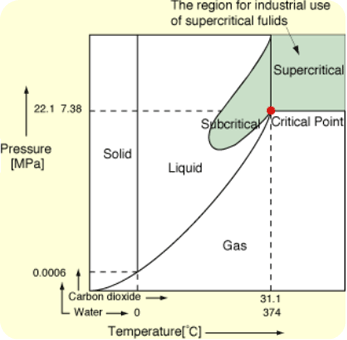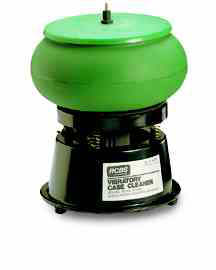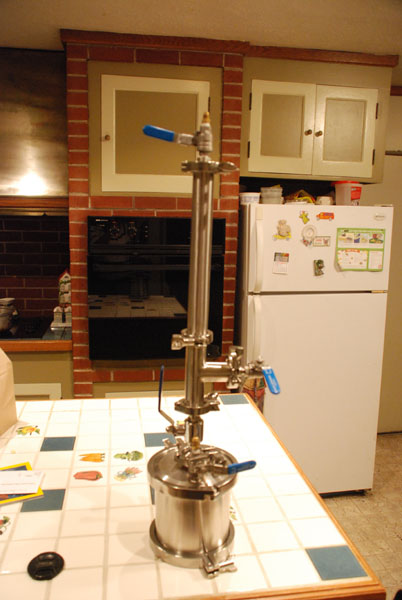To some, getting cannabis is as easy as talking to your dealer and getting your fix. To many, medical marijuana provides relief to many health conditions. That is why understanding cannabis products is crucial to their health.
As the federal legalization of marijuana is growing closer, we need to look deeper. We need to see the many clinical implications of cannabis on your health.
Today, we’ll break down everything we need to understand about marijuana.
Chemical Components of Cannabis
The easiest way to discuss the effects of cannabis products is to break it down into components. Understanding the chemical components of marijuana will make it easier to see what it can do.
The common components of medical marijuana divide into:
-
Cannabidiol (CBD)
-
Tetrahydrocannabinol (THC)
-
Terpenes
Different combinations of these three major components have a varied effect on every strain.
-
Cannabidiol
Cannabidiol or CBD is a chemical that affects your endocannabinoid system. With a complex combination of possible effects, CBD leaves you clear-headed, without any high. It provides many positive effects, including pain relief and relaxation.
High CBD or pure CBD products are accessible because they allow you to be productive. They don’t give you any psychoactive effects that many associates with marijuana.
-
Tetrahydrocannabinol
Tetrahydrocannabinol or THC is the chemical compound that provides the euphoria of medical marijuana. It has many different short-term effects, with a lot of benefits too. THC can produce a strong sense of calm, joy, and some can also feel anxiety.
THC has a different effect per person. This effect can come from someone’s body chemistry or even the strain of cannabis products.
-
Terpenes
Terpenes are unique hydrocarbons found in cannabis. They are chemicals that give varied effects depending on the strain but are different from THC and CBD. Terpenes are the chemicals that give cannabis fragrance notes, flavor profiles, and other physical effects.
Some terpenes give marijuana strains a lemony or a mango-like flavor note. Pinene, for example, provides cannabis products with a robust pine-like aroma. It’s also a bronchodilator, antiseptic, and a strong anti-inflammatory effect.
Pharmacological Actions of Cannabinoids
Cannabinoids have different pharmacological actions, but in general, they bind with what we call cannabinoid receptors. These receptors have a variety of different effects that change people’s behavior. These effects include appetite, memory, mood, and even pain-sensation.
There are around 66 cannabinoids that are available in medical marijuana. Each has a different action, but let’s focus on the two major cannabinoids – CBD and THC. For CBD, it affects your CB1 and CB2 receptors primarily.
CB1 receptors are responsible for the homeostasis of health and disease in your body. It prevents excessive neuronal activity, which reduces pain and inflammation. CB2 receptors affect your immune system and also cut down extreme swelling and pain.
THC also affects the CB1 and CB2 receptors but acts as an antagonist. It affects a person’s mood and perception, which makes it useful for people with anxiety and depression.
Behavioral and Physiological Effects of Cannabis
Cannabis products have different behavioral and physiological effects, depending on the strain. Every strain has a variance in the concentration of THC, CBD, and terpenes. This variance creates a different outcome.
Cannabis with high concentrations of THC can change your mood. It can make you feel happy, anxious, euphoric, or relaxed, depending on the strain. When you combine it with specific terpenes, you can expect a lighter feeling in your body.
Medical marijuana with substantial concentrations of CBD have less psychoactive effects. While it has fewer effects on your mood, it can help you perform better while reaping the benefits. CBD has a variety of impacts, which includes:
-
Pain relief
-
Reduces anxiety and depression
-
Can help alleviate cancer symptoms
-
Can reduce the effects of epilepsy and multiple sclerosis
-
Can help improve heart health
-
Reduce drug-seeking behavior
Both THC and CBD have different effects. You can take advantage of either, depending on your medical needs.
Cannabis Dependence and Tolerance
There is no debate about how addictive cannabis products can be. Marijuana can push addictive behavior both in a physical and psychological sense. In almost all of its cases, however, medical marijuana is less addictive than other substances.
Most of the side effects of cannabis withdrawal symptoms are not as visceral as others. Alcohol and cigarette withdrawal can be life-shattering. Marijuana withdrawals are less likely to lead to physical violence or substantial physical ailments.
Medical marijuana is habit-forming, making you can experience irritability, anxiety, and impaired social function. Even then, its after-effects are much less evident.
Pharmacokinetics of Cannabis
Smoking cannabis products provide the highest bioavailability in the body. It offers efficient delivery from the lungs to the brain, using the circulatory system. Bioavailability via inhalation can be as much as 11 to 45%.
Cannabis can stay as much as 18 to 32 hours in the body. It metabolizes in the kidney and intestines but varies depending on the dose.
When passing the oral route, absorption can be slow. Bioavailability will run anywhere between 10 to 20 percent, depending on the digestion of the person.
When you take it on the sublingual route, peak concentration will come within 15 minutes. Its bioavailability will be around double the oral route, which should be between 20 to 40 percent.
Effects of Indirect Cannabis Exposure
Many people show concern if they are getting the effects of indirect cannabis exposure. Second-hand medical marijuana smoke has several minute effects. All these effects will vary depending on the ventilation of the room.
Studies show that well-ventilated rooms will have minimal second-hand effects, while the people inside who don’t smoke will experience no side effects. There will be low concentrations in the blood, but not relevant in a drug test.
In rooms with poor ventilation, people can feel the mild effects of indirect cannabis exposure. High-THC cannabis products can create a “contact high.” People can feel a very slight loss of motor skills.
If smoked, second-hand marijuana smoke has the same health risks as cigarettes.
Why Understanding Medical Marijuana is Crucial
Understanding medical marijuana is crucial if you want to learn about its clinical implications. Once you know the chemical effects of cannabis products, you can make good use of it. You can find the best cannabis that fits your needs.
With so much information about cannabis and its clinical implications, this data can help. It’s an ideal point to do further research and delves deeper into the effects of this substance.
Emily Wilson is a marketing specialist at Essence Cannabis Dispensary with a primary focus on the development and implementation of marketing ideas. Her main talking points are medical and recreational marijuana, marijuana marketing, and advertising.





